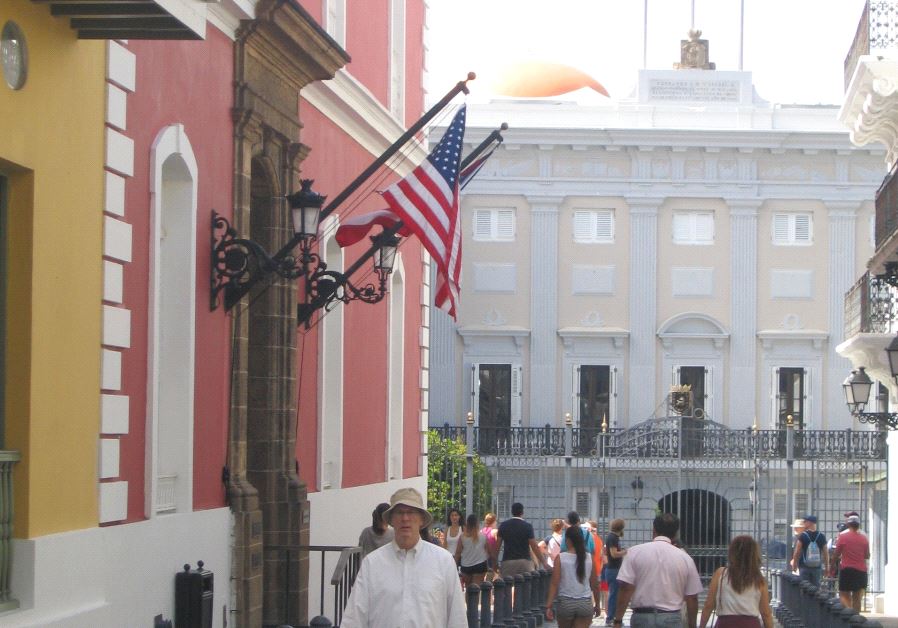Lovely island of Puerto Rico attracts Israeli travelers
"Puerto Rico... you lovely island... island of tropical breezes” – from West Side Story, lyrics by Stephen Sondheim
 LA FORTALEZE, the official residence of the governor of Puerto Rico.(photo credit: BEN G. FRANK)
LA FORTALEZE, the official residence of the governor of Puerto Rico.(photo credit: BEN G. FRANK)